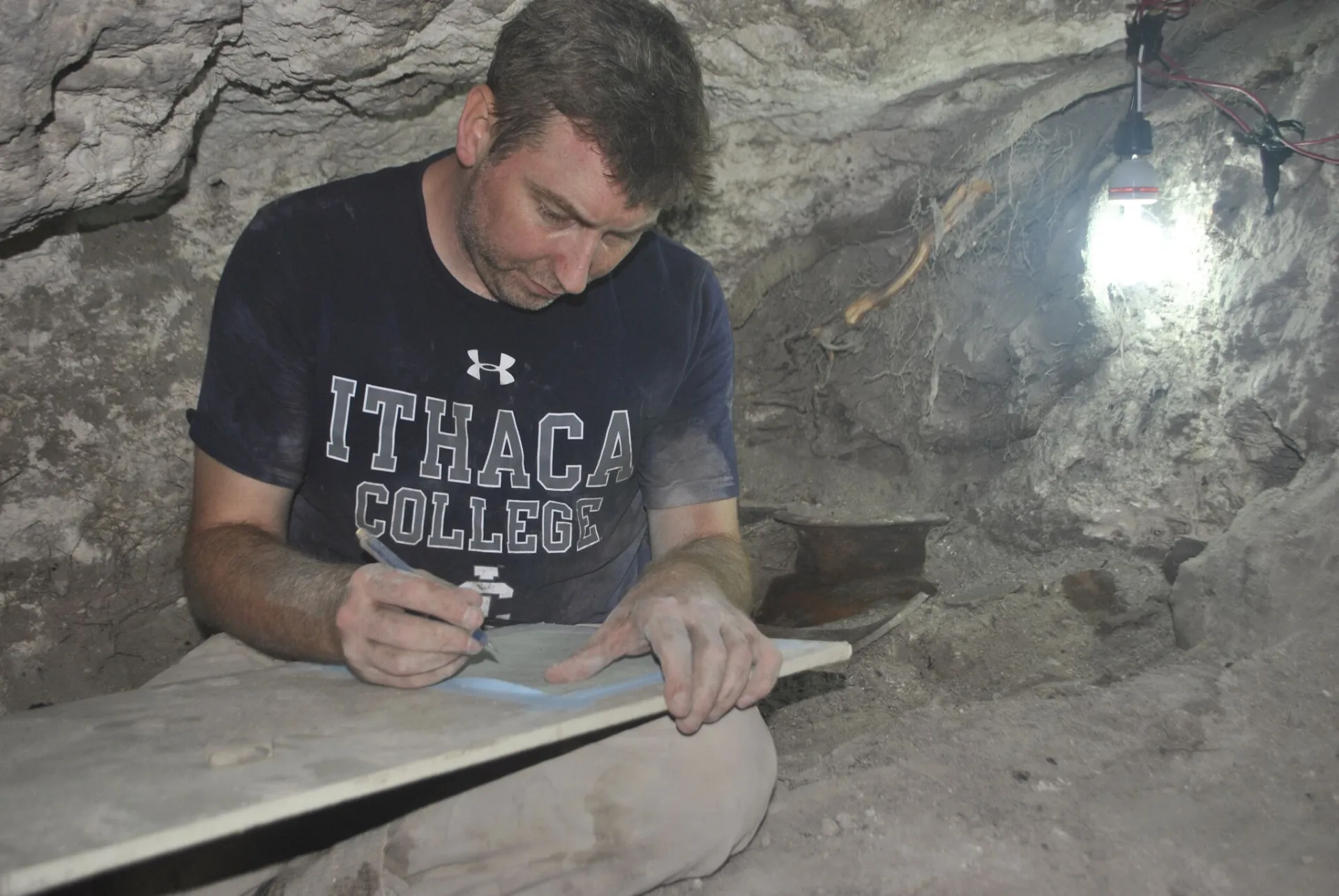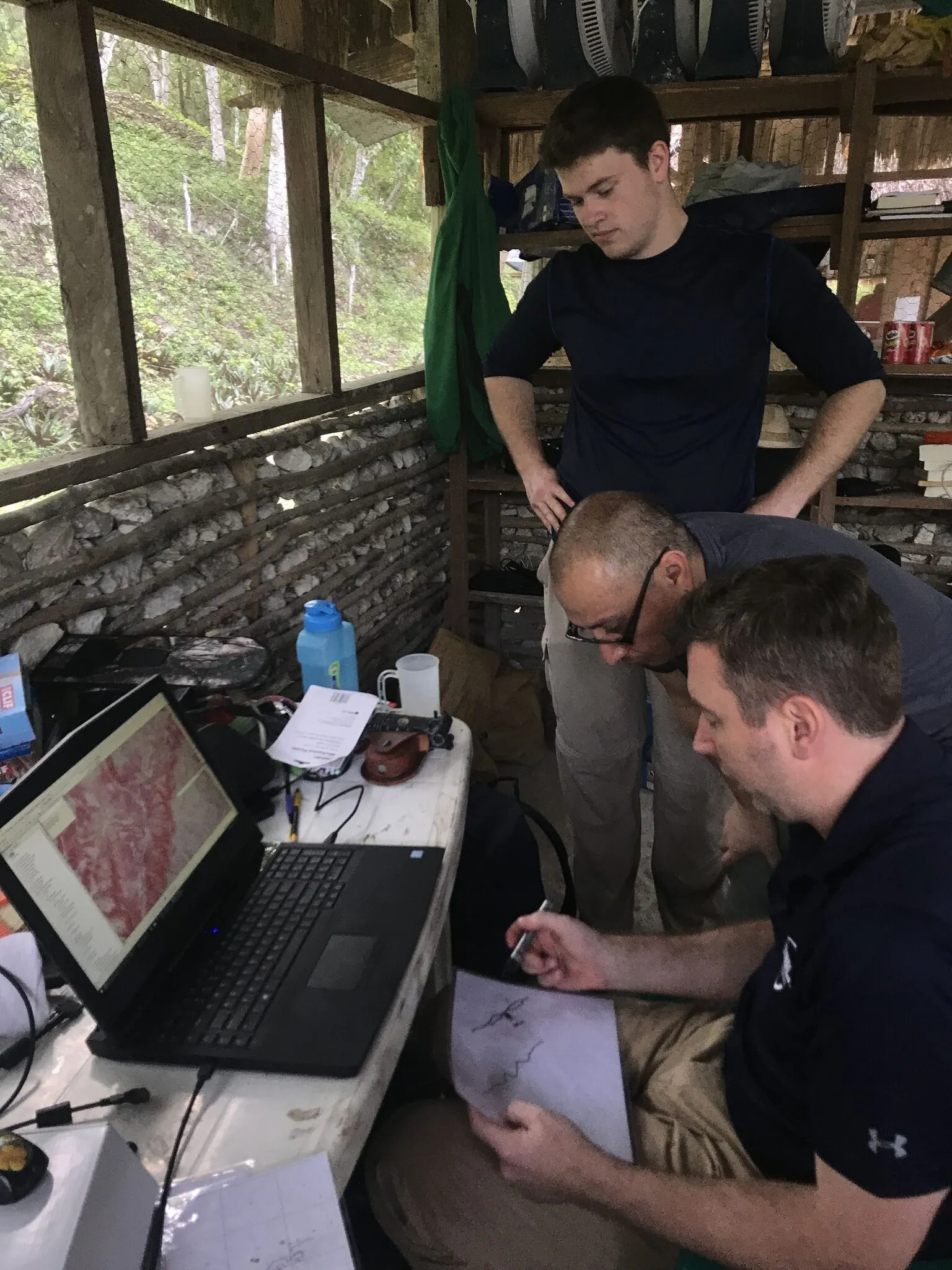The Maya civilization began to emerge 3,000 years ago in the areas that now comprise Guatemala and Belize, as well as part of southeastern Mexico, Honduras and El Salvador. The society reached its peak during the Classic period about 250–900 CE. By the time Spaniards reached the so-called New World in the 16th century, the society had largely collapsed and regressed into small agrarian villages for a variety of complex reasons. And long before Garrison arrived at Harvard University as a graduate student in the early 2000s, the once-great society had receded into romantic mystery, a “lost” civilization swallowed by the jungles. His own obsession began several years earlier during a study abroad trip to Mexico’s state of Oaxaca as an undergraduate, when he became enamored with the Maya writing system.
Oaxaca is well outside the area once inhabited by the Maya, but that hardly mattered. Garrison found many “great old Mexican book shops” full of works about the ancient peoples, and he scooped up all he could find — including a tome published in 1915 titled An Introduction to the Study of the Maya Hieroglyphs, for which he paid 150 pesos (about $8).
“Maya writing is oftentimes said to be the most complex writing system ever developed because it is an art style, also,” Garrison said. “The glyphs themselves are works of art, but they don’t mean what they look like — they are reflecting actual language."
"Don’t get me wrong,” he added. “I didn’t understand any of that in this first foray. That’s the end product of all this.”
His first excavation soon after in Belize is when the archaeology bug really bit. “That wasn’t an academic awakening or anything,” Garrison said. “That was just, ’Wow, this is really, really fun — being out here, working hard, getting sweaty, finding cool stuff, meeting a bunch of people my age, [and] everyone’s excited to be doing this adventuresome, weird thing.’” His doctoral work at Harvard University led him to Guatemala and ultimately to his current site of El Zotz, for which he became overall director in 2012. The site is in the shadow of a major Maya center of power at Tikal, and one of the biggest questions about El Zotz is the relationship it had with its more powerful neighbor.


